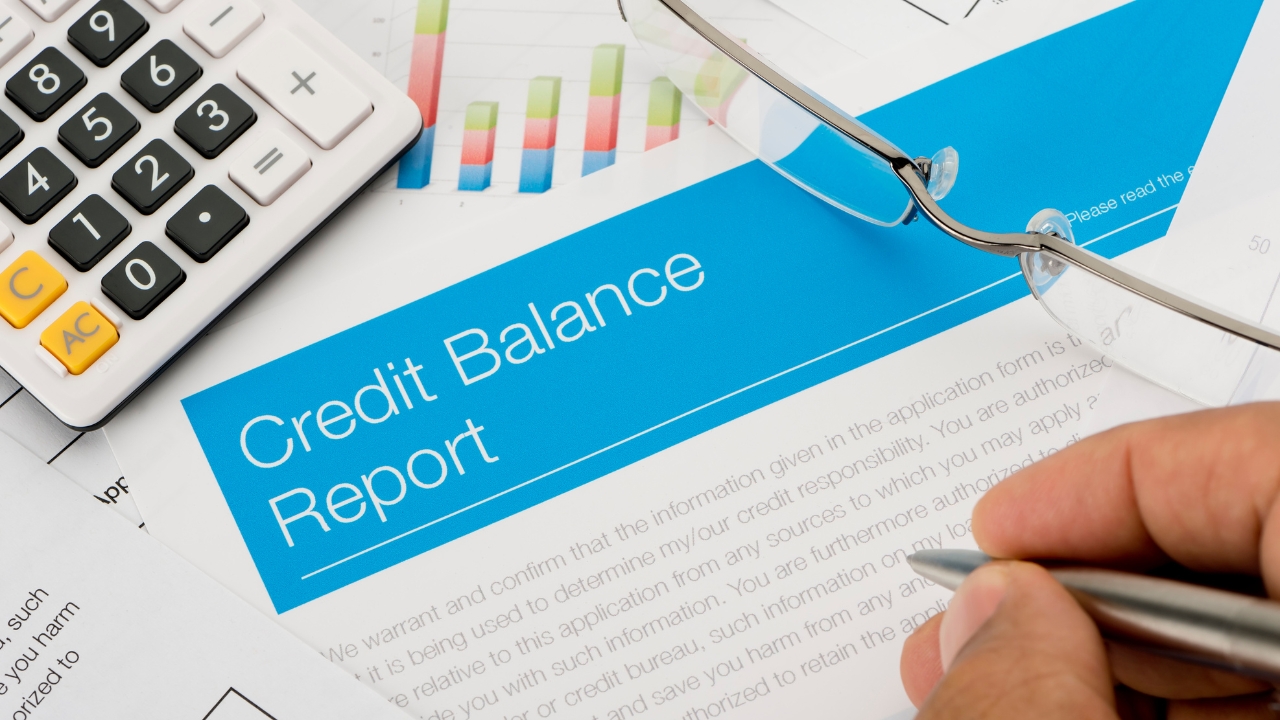Your credit report is a vital document that provides a snapshot of your credit history and financial health. Understanding how to read your credit report is essential for managing your finances, monitoring for errors, and making informed decisions about your creditworthiness. In this blog, we will provide you with a comprehensive guide on how to read your credit report effectively, empowering you to take control of your credit.

Obtain Your Credit Report
The first step in reading your credit report is to obtain a copy from each of the major credit reporting agencies (Equifax, Experian, and TransUnion). You are entitled to a free copy of your credit report from each agency once every 12 months through AnnualCreditReport.com.
Review Personal Information
Start by reviewing the personal information section of your credit report. Ensure that your name, address, Social Security number, and other identifying details are accurate and up to date. Any errors or inconsistencies should be reported to the credit reporting agency for correction.
Understand Account Information
The bulk of your credit report will consist of account information, which includes details about your credit accounts and payment history. Here’s what to look for:
Account Types: Identify the different types of accounts listed, such as credit cards, loans, mortgages, and lines of credit.
Account Status: Check the status of each account, whether it’s open, closed, in good standing, or delinquent.
Payment History: Review the payment history for each account, noting any late payments, missed payments, or accounts in collections.
Examine Public Records
Credit reports may include public record information, such as bankruptcies, tax liens, and civil judgments. Carefully review this section to ensure accuracy. If you find any incorrect or outdated public record information, follow the appropriate steps to dispute it with the credit reporting agency.
Note Credit Inquiries
The credit report will list inquiries made by creditors when you apply for credit. There are two types of inquiries: hard inquiries and soft inquiries. Hard inquiries are generated when you apply for credit, and they may impact your credit score. Soft inquiries, on the other hand, are generated for informational purposes and do not affect your credit score. It’s important to be aware of any unauthorized or suspicious inquiries.
Check for Errors and Dispute Inaccuracies
As you review your credit report, be on the lookout for any errors, inaccuracies, or fraudulent accounts. If you notice any discrepancies, take immediate action:
Document the errors: Make a note of the specific errors, including account numbers, dates, and descriptions.
Contact the credit reporting agency: Submit a dispute letter to the credit reporting agency detailing the errors and requesting corrections.
Provide supporting documentation: Include any relevant documents or evidence that support your dispute.
Monitor Your Credit Regularly
Reading your credit report should not be a one-time activity. It’s important to regularly monitor your credit to detect any changes or potential issues. Consider utilizing credit monitoring services or free credit score tracking tools to stay updated on your credit status.
Here are some additional resources and links for further information
Conclusion
Reading your credit report is an essential skill for managing your credit and financial well-being. By understanding the information presented in your credit report, you can identify errors, detect potential fraud, and take proactive


